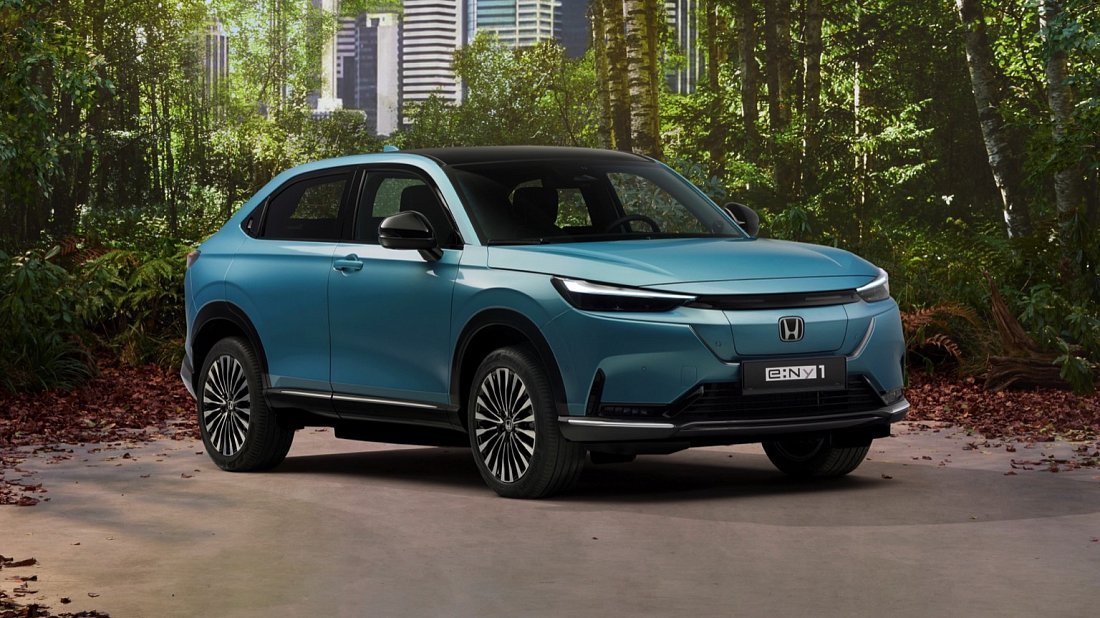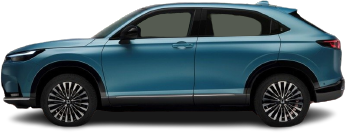NEMA 5-15
- Socket specs
Socket specs
- 120 V, 15 A, 1-phase
- Socket output
Socket output
- 1.8 kW
- Charging 20-80%
Charging 20-80%
- 22 h 56 min


The Honda eNy1 is an all-electric front-wheel drive SUV. It came out in 2023. The car is not available on the US market.
The Honda eNy1 has a 68.8 kWh battery pack, allowing it to travel up to 218 mi on a single charge. The car has an average efficiency of 28.4 kWh per 100 miles (or 284 Wh/mile) — ranked №347 out of 586 electric vehicles.
The Honda eNy1 can accelerate from 0 to 60 mph in 7.4 seconds (ranked №357 out of 586 electric vehicles) and reach a top speed of 99 mph.
The car’s powertrain delivers up to 152 kW (204 hp) of power and 229 lb-ft of torque.
The real-world range of the Honda eNy1 is 196–240 miles (ranked №347 out of 586 electric vehicles) — depending on several factors, including:
It's important to remember that these are just estimates, and your actual range may vary. It's always best to factor in these various factors when planning your trip and be prepared for potential charging stops.
Plan your trips using the EV Navigation interactive map.
For faster charging, use DC fast-charging stations. The Honda eNy1 supports a maximum DC charging rate of 78 kW, but it's important to note that battery temperature and current charge level can affect the actual charging speed you'll experience.
To estimate charging time, rate, and cost, you can use our Charging calculator.
Honda eNy1 comes in the following dimensions:
Here's a breakdown of the Honda eNy1 cargo space: